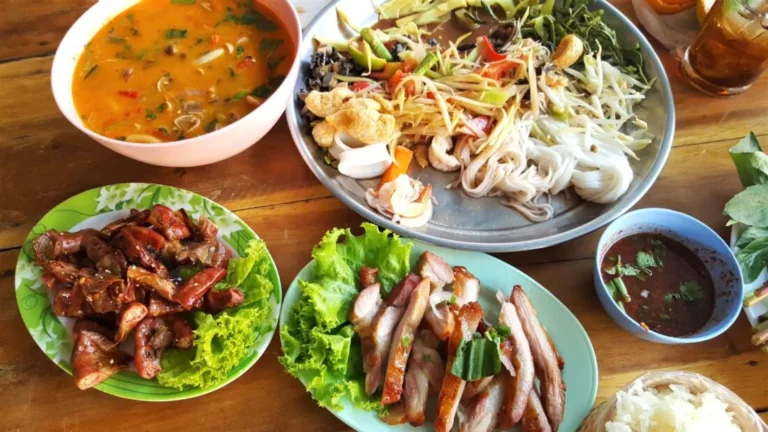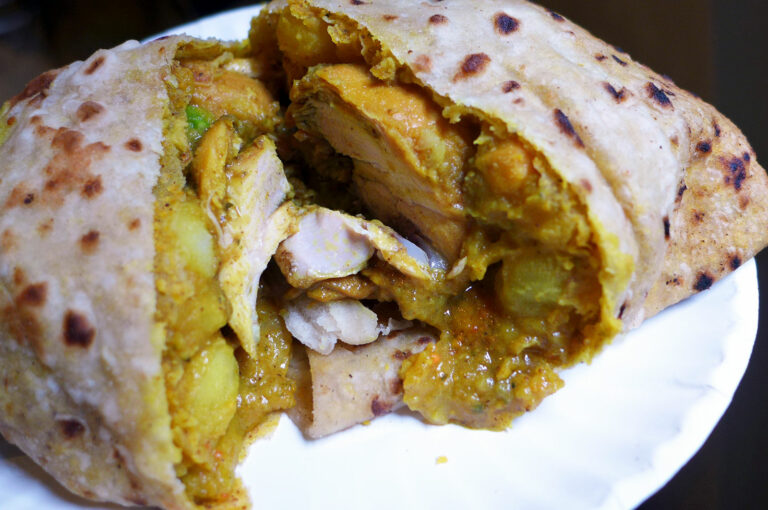Introduction: Street Food in Thailand
Thailand is known for its delicious cuisine, attracting food lovers from all over the world. Street food is a big part of the culinary culture in Thailand, with vendors setting up stalls on every corner of the street. It’s a great way to experience Thai culture and try out unique and tasty dishes.
Food Safety in Thailand
Food safety is a concern in any country, and Thailand is no exception. The government has implemented strict regulations for food safety, including regular inspections of food stalls. However, it’s important to note that not all street vendors comply with regulations, and some may not have the same level of hygiene as others.
Risks of Eating Street Food
Eating street food in Thailand does come with some risks. Some of the common health concerns include food poisoning, infections from bacteria, and contamination from unclean water or cooking equipment. Additionally, some dishes may contain allergens or ingredients that may not be suitable for everyone.
Safe Street Food Practices
To minimize the risks of getting sick from street food in Thailand, there are a few safe practices to follow. Firstly, look for street vendors that have a clean and organized stall. Secondly, make sure that the food is cooked thoroughly and hot. Thirdly, choose dishes with fresh ingredients and avoid those that have been sitting out for too long. Finally, bring your own utensils or use disposable ones to avoid contamination.
Common Street Food Dishes to Try
Thai street food offers a wide variety of dishes, and there’s something for everyone. Some of the popular dishes to try include: Pad Thai (stir-fried rice noodles), Som Tum (spicy papaya salad), Khao Pad (fried rice), and Moo Ping (grilled pork skewers). These dishes are not only delicious but also give insight into the local cuisine.
Conclusion: Enjoying Thai Street Food Safely
Street food is a must-try experience in Thailand, but it’s important to do so safely. By following safe practices, such as choosing clean stalls, thoroughly cooked food, and fresh ingredients, you can minimize the risks of getting sick. So, go ahead and enjoy the flavors of Thailand on the street without any worry.










